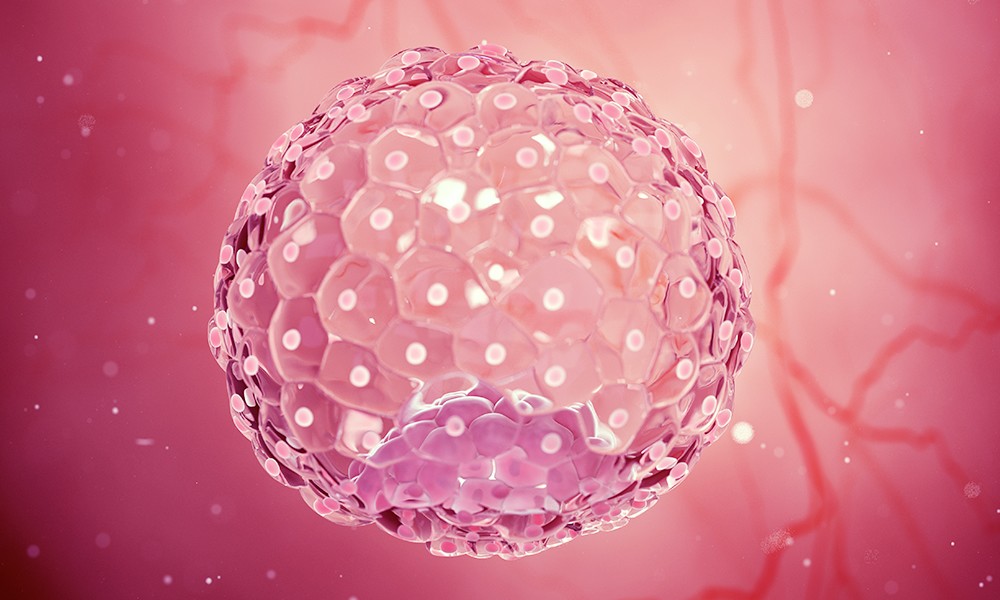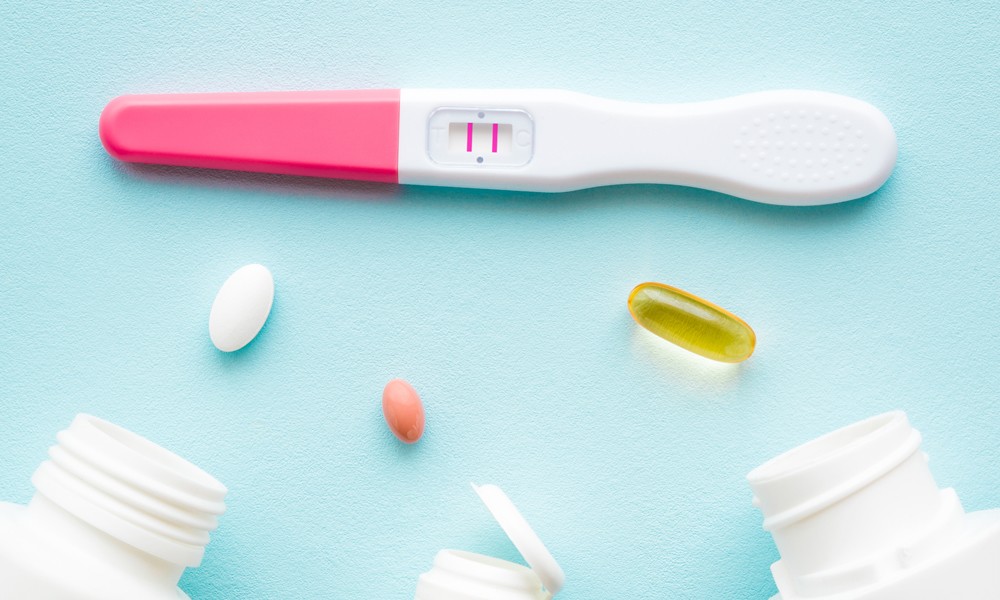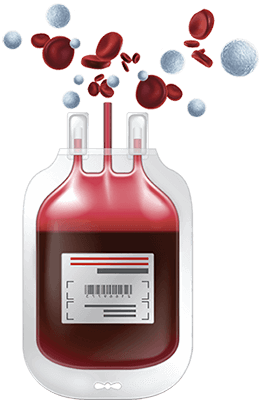Canada's Largest & Oldest Cord Blood Bank
Did you already take a pregnancy test? If so, you belong to a small group of lucky moms who discover their pregnancy very early.
This Week’s Highlights
Your baby is just a tiny ball of cells
The zygote starts its journey down to the uterus
Amniotic fluid starts building up in your uterus
Your Baby at 4 Weeks
Your baby is still super small at the size of a poppy seed, measuring about 0.01 inches (0.1 centimetres). It is almost time for implantation to take place.
Baby Development at Week 4
The blastocyst, which is what the baby is called at this stage, has now completed its journey down from the oviduct to the uterus. When it is time for implantation and the cells of the blastocyst will attach to the wall of the uterus. There are two types of cells in the blastocyst, one set will produce the placenta, the other the baby. This tiny mass of cells will continue to grow and divide in the coming weeks.

The placenta is at its very early stages of formation this week. These cells will go on to form the essential connection between you and your baby. Your yolk sac is also starting to develop. It will provide your baby the nourishment required to grow until the placenta takes over at around 10 weeks.
If you were to have a transvaginal ultrasound this week, the earliest structure of the yolk sac called the gestational sac, will be visible as a white rim with a clear centre. In a transvaginal ultrasound the wand is inserted into the vagina to visualize the baby.
Finally, your embryo is already protected by the amniotic sac, which continues to fill with amniotic fluid that will cushion your baby.

Pregancy Tip
Taking folic acids in the first 12 weeks of pregnancy will help prevent neural tube defects, when a baby’s neural tube does not close properly. If you haven’t already, consider taking a prenatal vitamin or a folic acid supplement.

Your Bump at 4 Weeks
Even though you may feel bloating from pregnancy hormones, you don’t look pregnant yet. Soon your favourite pair of jeans may start to fit snug and it may become difficult to button your jeans.
How Your Body is Changing
Human chorionic gonadotropin (HCG) levels will continue to increase this week. HCG increases the production of other pregnancy hormones, including progesterone and estrogen, so the embryo and the placenta can keep growing. HCG is also the hormone that is detected in a pregnancy test. By now there is enough HCG in your urine to give a positive result!
Some moms-to-be experience implantation bleeding when the blastocyst attaches itself to the walls of the uterus. Implantation bleeding will happen earlier than your expect your period, and will generate a very small amount of light pink, light red or light brown spots. You may also experience mild cramps during implantation.
Calculating Your Due Date
The timing of ovulation and conception are very difficult to pinpoint. But, the first day of your last period is pretty concrete. This is why most healthcare providers use the first day of your last period to calculate your due date. This means your pregnancy clock starts on the last day of your period (2 weeks before you were pregnant), giving every pregnancy a pretty standard timeline of 40 weeks.
How Far Along are You?
4 weeks in, 36 weeks to go! You are at the beginning of your pregnancy. Even though pregnancy is measured in weeks this means you are at the end of your first month of pregnancy.
Why Should You Consider Banking Cord Blood?
If you are expecting, there are three reasons you might want to consider storing your child’s umbilical cord blood:
- When cryogenically preserved, newborn stem cells remain viable in the long-term.
- Cord blood banking provides a perfectly matched sample if your baby ever needs stem cell therapy.
- Preserving stem cells today will provide your baby access to any new future therapies that may become available.
We elaborate on each reason in our article here: https://www.healthcord.com/why-should-you-consider…/
Diet at Week 4
The next few weeks are critical to the development of the baby. Your baby’s brain and the nervous system start to form during this period.
Taking folic acids in the first 12 weeks of pregnancy will help prevent neural tube defects, when the neural tube of the baby does not close properly. Spina bifida is one example of a neural tube defect, which happens when the protective covering around the spinal cord doesn’t close properly, leading to permanent nerve damage.

The recommended daily intake for folic acid during pregnancy is 400 micrograms. Most prenatal vitamins contain appropriate amounts of folic acid.
Dark green vegetables, oranges and legumes have the naturally occurring form of folic acid, known as folate. You can also find breads and cereals that are supplemented with folic acid.
What is Cryopreservation?



